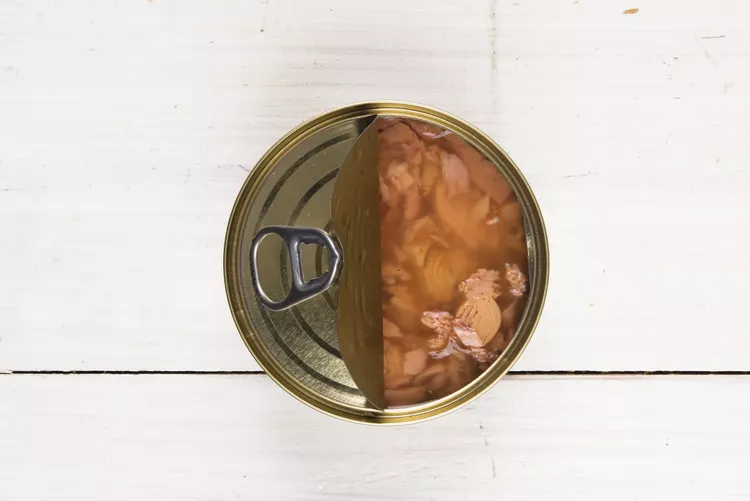
It’s no secret that cats love fish—the fishier, the better. Tuna is a quintessential cat treat, and before the days of commercial cat food, many people used to feed their cats canned tuna.
But now that we know cats have special nutritional needs, is it safe to feed tuna to your cat? If so, how much tuna can cats eat and what kind of tuna can cats eat? Tuna can be a healthy treat for cats—but only in moderation, and you should aim for tuna in water as opposed to oil. Here's what you need to know.
In moderation, tuna can be a healthy treat for most cats. In fact, many commercial cat foods contain tuna as an ingredient. Tuna is high in protein and low in carbohydrates. Tuna also provides the omega-3 essential fatty acids EPA and DHA, which can contribute to overall skin and coat health and may also help improve inflammatory conditions like allergies, heart disease, certain cancers, and kidney disease.
Although it’s fine to feed your cat small amounts of tuna such as found in lickable cat treats or as a supplement to its complete-and-balanced cat food, too much tuna can be harmful. First, tuna alone doesn’t provide the critical balance of nutrients a cat needs to be healthy. Cats have very specific nutritional needs.
High-quality commercial cat foods include a statement on the label that states that the product is “complete and balanced” as certified by the American Association of Feed Control Officials (AAFCO). The complete-and-balanced statement on a cat food label means that the cat will get all the essential nutrients it needs, in the correct balance, as required for that life stage: adult maintenance (for adult cats), growth and reproduction (for kittens and pregnant or nursing females), or all life stages (for all cats, whether kittens or adults).
The unbalanced amount of vitamin E in tuna can cause problems with fat inflammation, and some pregnant cats eating high-tuna diets have developed bleeding disorders. Additionally, tuna is high in mercury, so too much tuna could potentially lead to mercury poisoning. Although rare, signs of mercury poisoning in cats include incoordination, loss of balance, and problems walking.
Finally, cats can love tuna to a fault. Tuna is extremely tasty, perhaps much tastier than your cat’s healthy regular diet. Some cats, when given tuna regularly, will start turning up their nose at their regular cat food, holding out and hoping you will cave and give them more tuna instead. This can quickly develop into undesirable picky eating and feeding difficulties.
If you choose to offer your cat the occasional tuna treat, you can choose canned tuna or fresh tuna. Select canned tuna packed in water, not canned tuna in oil or canned tuna with added salt or other flavorings. Chunk-light tuna is a better choice for your cat than albacore, which is higher in mercury. Pay attention to other sources of tuna your cat might be eating. For instance, if you’re feeding a canned food that’s made with tuna, adding more tuna on top of it might be too much.
Fresh tuna is best served cooked. Even though humans eat sushi all the time, giving your cat raw fish may be harmful. Eating raw fish poses the same risks to your cat as it would to you. Raw fish can contain bacteria and parasites. Additionally, raw fish contains an enzyme called thiaminase. In cats, this enzyme can break down an essential B vitamin called thiamine, potentially leading to a dangerous condition called thiamine deficiency, which is very dangerous. Cooking the tuna you plan to feed to your cat not only kills any bacteria or parasites but also destroys the thiaminase.
It’s always a good idea to talk to your veterinarian before adding any new foods to your cat’s diet. If you get your veterinarian’s blessing and you wish to feed your cat tuna, follow the same guidelines as you would for feeding your cat any treat. Supplemental treats like tuna should make up less than 10% of your cat’s daily calories. The rest of your cat’s diet (90%) should come from a high-quality, complete-and-balanced cat food.
To avoid potential issues that can arise from eating too much tuna, including the development of picky eating habits, avoid feeding tuna every day and instead limit tuna to an occasional surprise for your cat.
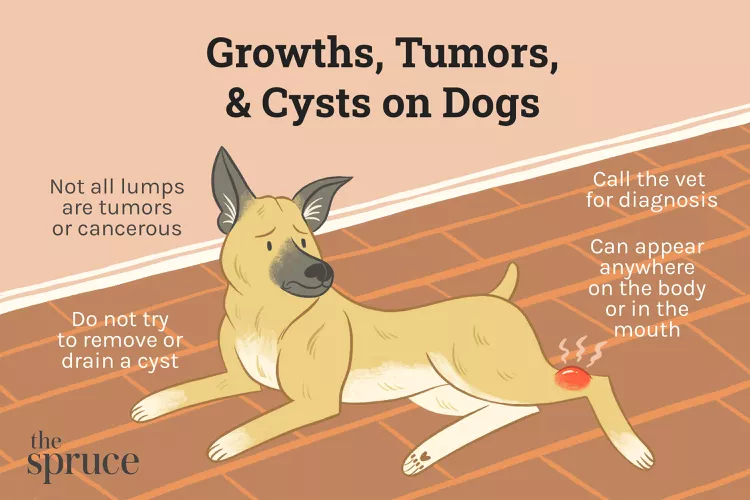
Tumors, Growths, and Cysts in Dogs
Tumors, lumps, growths, or cysts are commonly found on dogs. Learn the causes, treatments, and preventative measures.
Eye Injuries and Infections in Dogs
Dogs can suffer eye injuries that range from mildly irritating to serious medical emergencies. Learn the causes, treatment, and prevention.
Vestibular Disease in Dogs
Vestibular disease affects a dog's balance and eye movements. Find out about the signs, causes, and treatment of vestibular disease in dogs.
Is Acetaminophen Safe for Dogs?
Acetaminophen is used by humans for pain and fever relief, but is it safe for dogs? Here's what you need to know before giving your dog acetaminophen.
Can Dogs Eat Zucchini? Everything to Know About This Hardy Summer Squash
Zucchini is a nutritious food that's safe for dogs to eat in moderation. This low-calorie, high-fiber vegetable can be incorporated as a healthy treat in a dog's balanced diet. Learn more about its health benefits, potential risks, and how to prepare it.
Can Dogs Eat Popcorn? What You Need to Know for Movie Night
Dogs can eat popcorn, but there are safety concerns. Find out how to safely feed your dog popcorn and what you should do if you're concerned.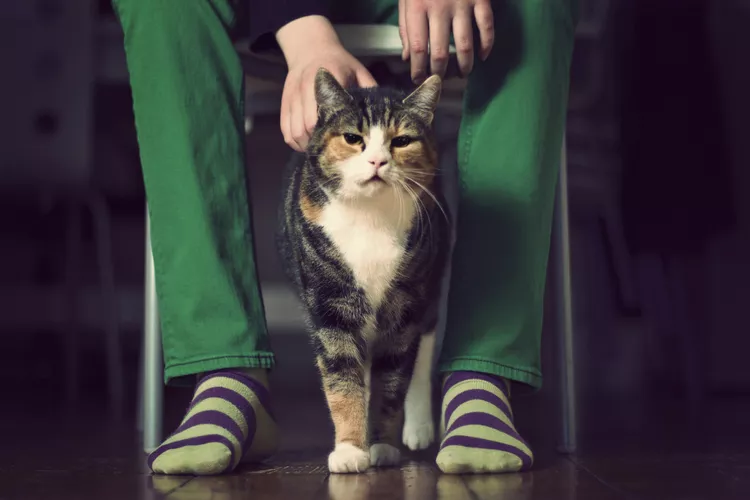
65 Irish Cat Names
Irish cat names can pay homage to historical places, local cuisine, famous Irish actors and musicians, or other wonderful aspects of the Emerald Isle.
46 Egyptian Cat Names
Whether inspired by notable Egyptian deities, locales, or pharaohs, Egyptian cat names can bring out the divinity of your noble feline companion.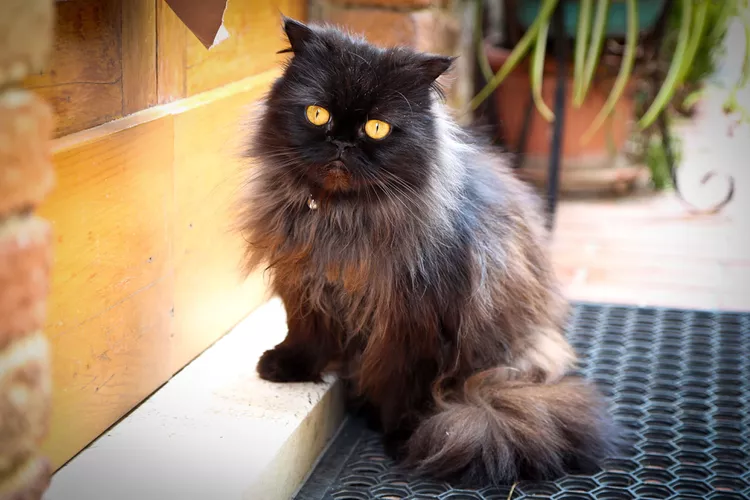
Are Ant Traps Safe for Cats?
Here's how to know if ant traps are safe for cats and how to keep yours free from harm if you have an ant problem.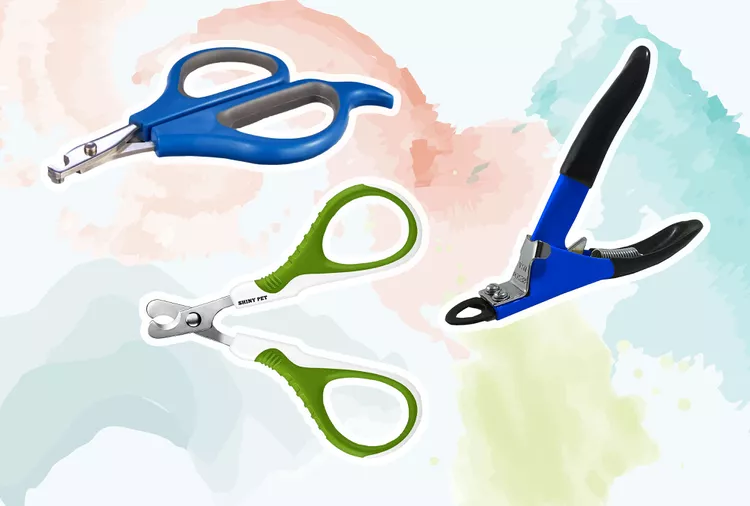
The 6 Best Cat Nail Clippers of 2024 for a Safe Trim
Clipping your cat's nails can save your furniture and keep your kitty comfortable. We asked veterinarians for their cat nail clipper recommendations.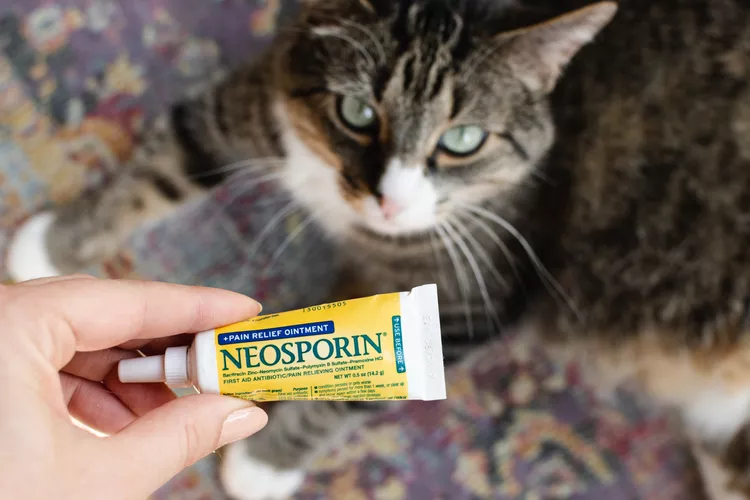
Is Neosporin Safe for Cats?
A brief summary of concerns a cat owner should be aware of before putting Neosporin on their cat, plus tips for things they can use at home instead.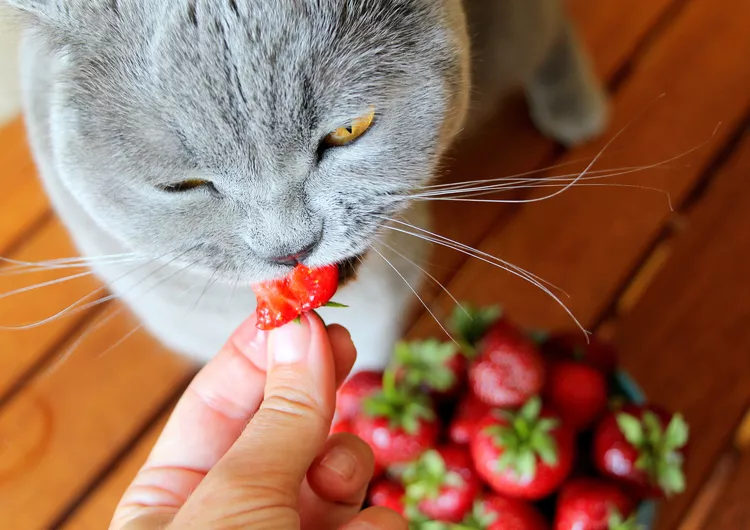
Can Cats Eat Strawberries? How to Safely Share This Summer Berry
Although cats are primarily meat eaters, strawberries may be an interesting and tasty snack for your feline friend. Find out the risks of feeding strawberries to cats and how to safely let your cat enjoy this fruit.
Cute Pictures & Facts About Calico Cats & Kittens
Learn fascinating facts about calico cats, including photos, the genetics behind this color combination, and common folklore and traditions.
12 Most Popular Cat Breeds for Feline Lovers
These 12 cat breeds, like the Siamese and Sphynx, are known for their unique appearances and personalities. Learn what makes them so popular.
Balinese: Cat Breed Profile, Characteristics & Care
The Balinese cat is playful, sociable, elegant, intelligent, and a touch on the vocal side. Learn about the Balinese, including appearance, temperament, health, and care needs.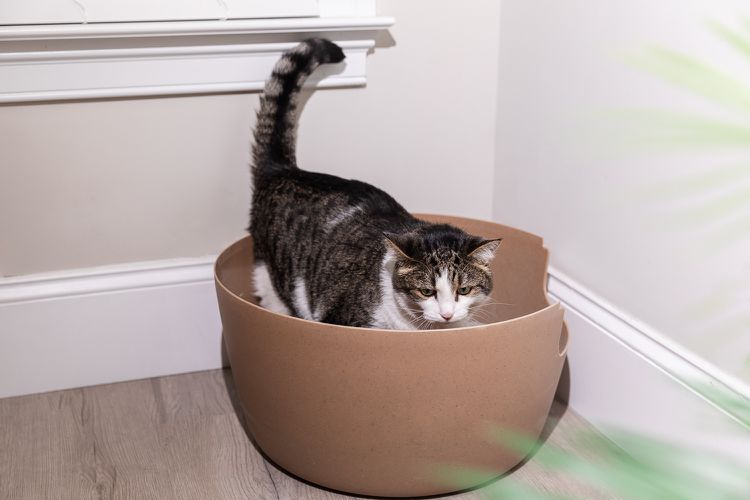
Why Cats Don't Always Cover Their Poop
Cats may not cover their poop for a few different reasons, including being territorial, sending a message to their owner, and not liking the litter.
Cavapoo: Dog Breed Characteristics & Care
The Cavapoo is a hybrid of the Cavalier King Charles spaniel and a toy or miniature poodle. Learn why these teddy-bear-looking dogs make the perfect addition to your family.
Why Dogs Eat Poop and How to Stop Them
Is your dog eating poop? Some dogs do this because of stress or illness. Learn how to prevent stool eating, or coprophagia, in dogs.
Can Dogs Get Depression? How to Help Your Sad Dog
Can dogs get depression? Learn about the signs of depression in dogs and find out how to help your sad dog.
4 Reasons Why Your Dog Licks Their Butt
Butt-licking in dogs can be a part of normal grooming, but excessive butt-licking is not normal. Read about the most common reasons for this behavior.